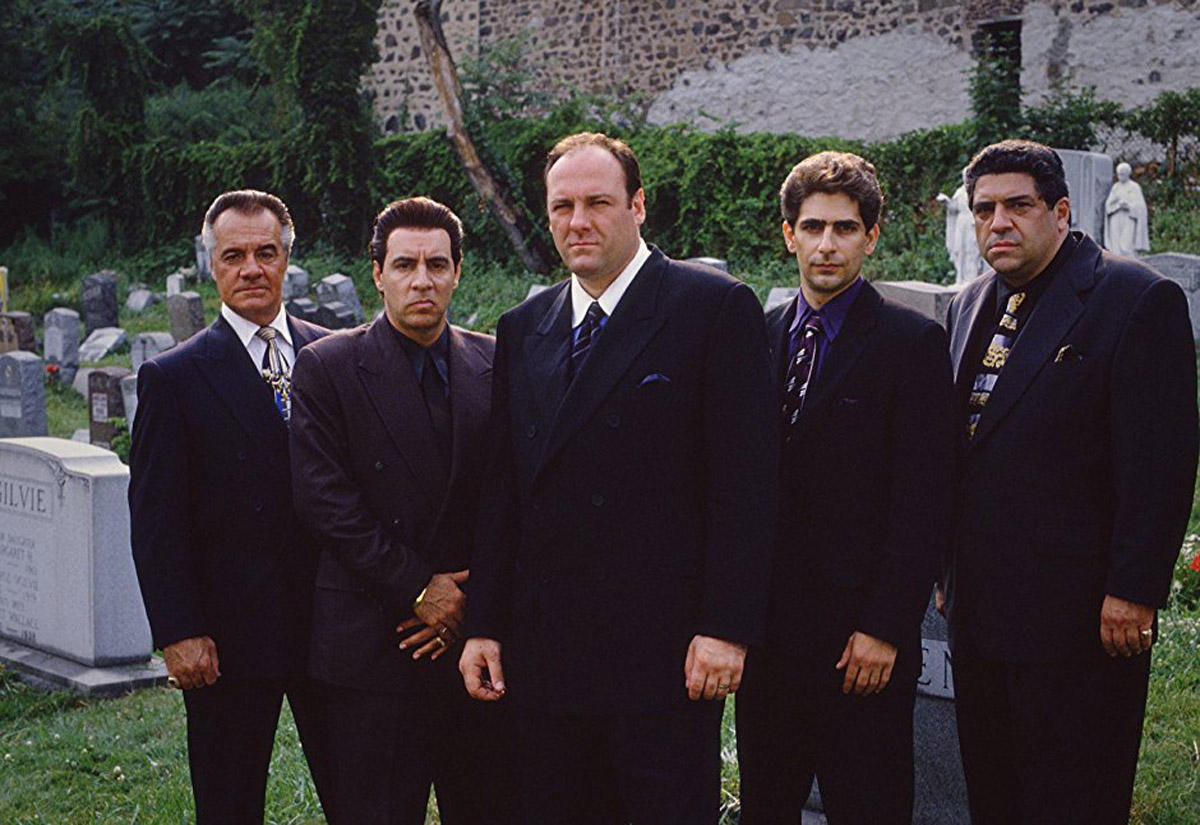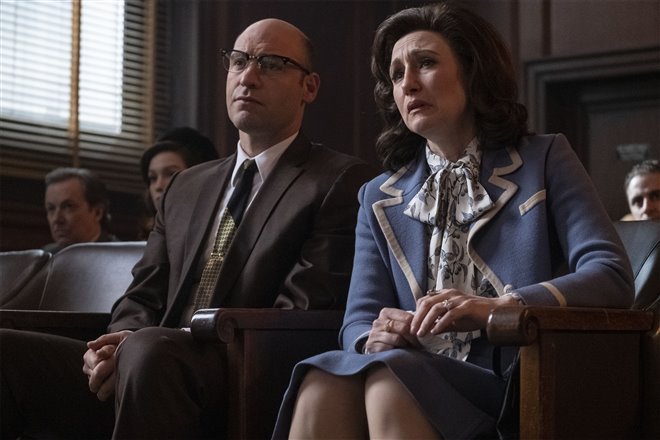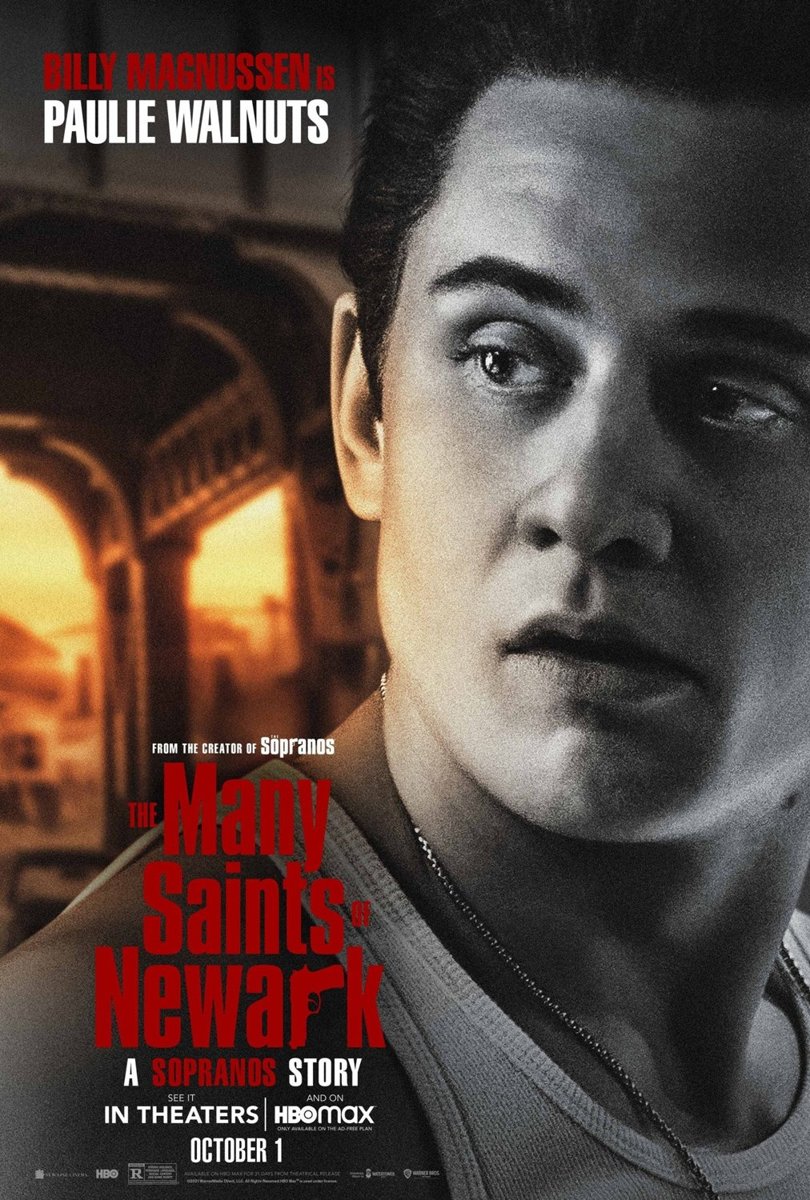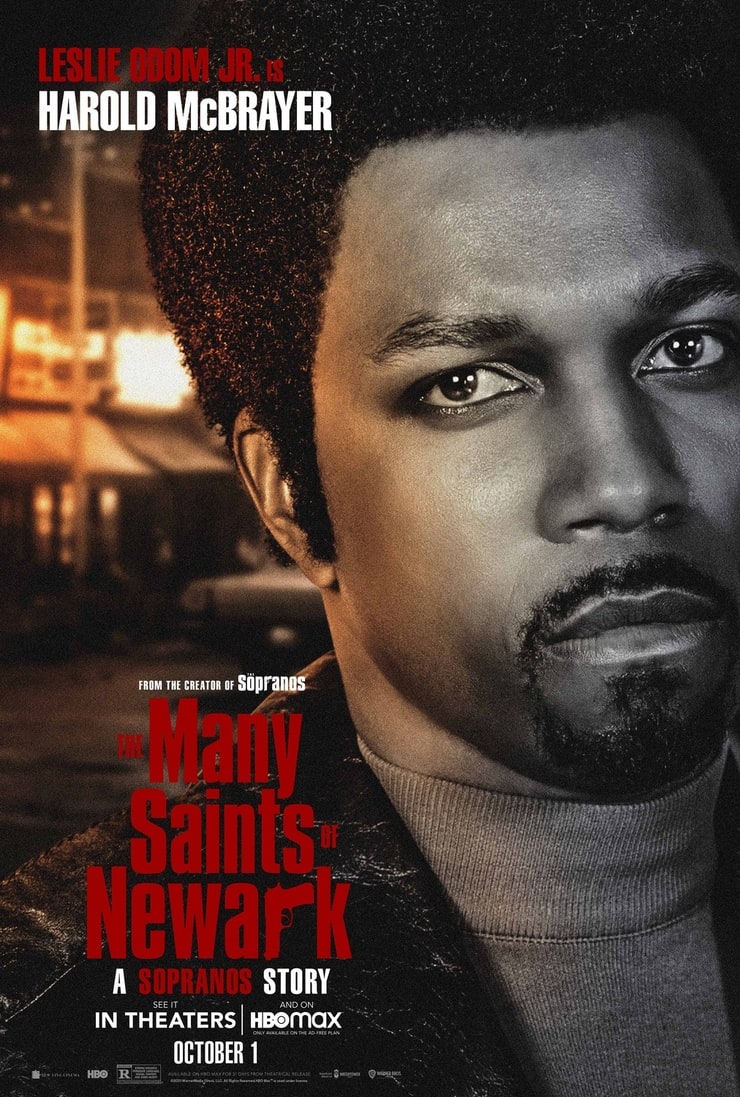The highly anticipated film, The Many Saints of Newark, has captured the attention of fans and critics alike. As a prequel to the iconic television series, The Sopranos, this movie delves into the backstory of one of the most compelling crime dramas ever made. In this article, we will explore the intricacies of the film, its characters, and its connection to the original series. We’ll also provide key takeaways and insights into why this film is a must-watch.
Key Takeaways
- Premise: The film explores the early life of Tony Soprano and the events that shaped his rise in the world of organized crime.
- Characters: Introduction of new characters alongside younger versions of familiar faces from The Sopranos.
- Setting: Set in Newark, New Jersey during the 1960s and 1970s, against the backdrop of racial tensions and social upheaval.
- Directorial Vision: Directed by Alan Taylor with a screenplay by David Chase and Lawrence Konner.
- Reception: Mixed reviews from critics, but a must-watch for fans of The Sopranos.
Exploring the Premise
The Many Saints of Newark takes us back to the formative years of Tony Soprano, a character immortalized by James Gandolfini in The Sopranos. The film is set in the 1960s and 1970s, a period marked by significant social changes and racial tensions in Newark, New Jersey. This historical backdrop adds a layer of complexity to the narrative, as it explores how these external factors influenced the characters and their decisions.
The Rise of Tony Soprano
At the heart of the story is a young Tony Soprano, portrayed by Michael Gandolfini, James Gandolfini’s real-life son. The film provides a glimpse into Tony’s early life, his family dynamics, and the events that set him on the path to becoming a feared mob boss. It delves into his relationship with his uncle, Dickie Moltisanti, played by Alessandro Nivola, who serves as a mentor and father figure to Tony.
Characters: New and Familiar Faces
The film introduces a mix of new characters and younger versions of familiar faces from The Sopranos. This blend of characters provides a rich tapestry of narratives that intertwine to create a compelling story.

Key Characters

- Dickie Moltisanti: A central figure in the film, Dickie is Tony Soprano’s uncle and mentor. His actions and decisions play a crucial role in shaping Tony’s future.
- Young Tony Soprano: Portrayed by Michael Gandolfini, young Tony is depicted as a teenager navigating the complexities of his family and the world around him.
- Livia Soprano: Tony’s mother, played by Vera Farmiga, is shown in her younger years, providing insight into her influence on Tony’s upbringing.
- Johnny Soprano: Tony’s father, portrayed by Jon Bernthal, who is involved in organized crime and has a significant impact on Tony’s life.
- Harold McBrayer: A new character played by Leslie Odom Jr., whose story intersects with the Soprano family amidst the racial tensions in Newark.
Setting: Newark in the 1960s and 1970s
The film is set against the backdrop of Newark during a tumultuous time in American history. The 1960s and 1970s were periods of significant social and political change, marked by civil rights movements and racial unrest. Newark, in particular, experienced intense racial tensions, culminating in the 1967 Newark riots. These historical events are woven into the narrative, providing a realistic and gritty setting that enhances the film’s authenticity.
Directorial Vision and Screenplay

The Many Saints of Newark is directed by Alan Taylor, known for his work on The Sopranos and other critically acclaimed series like Game of Thrones. The screenplay is penned by David Chase, the creator of The Sopranos, and Lawrence Konner. Their collaboration ensures that the film stays true to the essence of the original series while exploring new dimensions of the story.
Visual and Narrative Style
The film employs a visual style that captures the era’s gritty realism, with meticulous attention to period details. The narrative is structured to provide a deep dive into the characters’ psyches, exploring their motivations and struggles. This approach creates a rich, immersive experience for the audience, making the world of The Many Saints of Newark feel both authentic and compelling.
Reception and Critical Analysis
Since its release, The Many Saints of Newark has received mixed reviews from critics. Some praise the film for its deep character exploration and connection to The Sopranos, while others feel it falls short of the high standards set by the original series. However, for fans of The Sopranos, the film offers a valuable glimpse into the backstory of their favorite characters and the world they inhabit.
What Critics Are Saying

- Some critics appreciate the film’s deep dive into the characters’ backstories and its faithful recreation of the era.
- Others feel that the film tries to cover too much ground, leading to a somewhat disjointed narrative.
- Michael Gandolfini’s performance as young Tony Soprano has been widely praised, with many noting his ability to capture the essence of his father’s iconic character.
The Many Saints of Newark is a significant addition to the world of The Sopranos. It provides fans with a deeper understanding of the characters and the events that shaped them. While opinions on the film may vary, its rich narrative, compelling characters, and historical setting make it a must-watch for anyone interested in the world of organized crime and the intricate dynamics of the Soprano family.
Whether you are a die-hard fan of The Sopranos or a newcomer to the series, The Many Saints of Newark offers a fascinating look into the origins of one of television’s most iconic characters. It’s a film that invites viewers to reflect on the past and consider how it shapes the present, making it a valuable addition to the legacy of The Sopranos.
